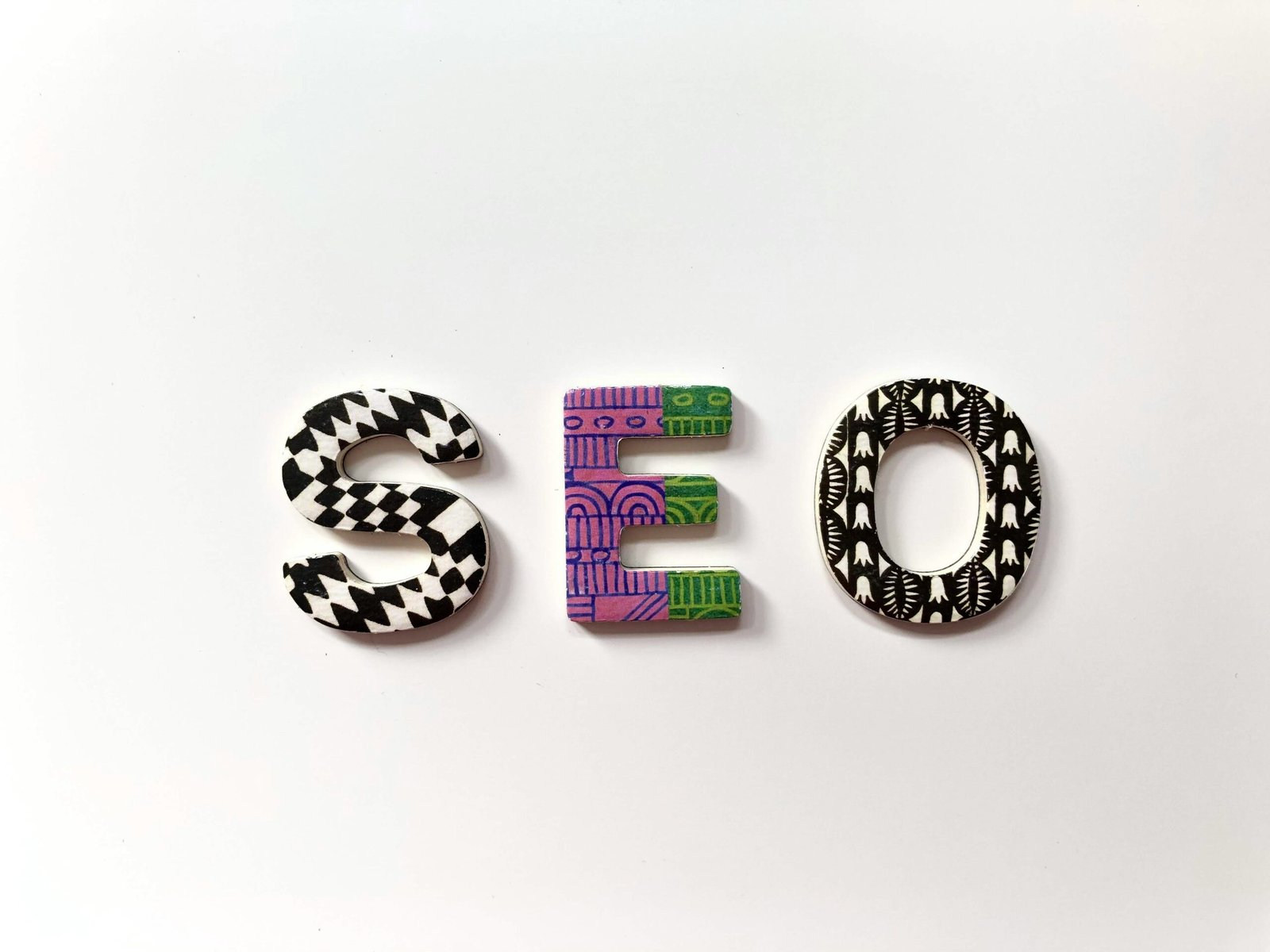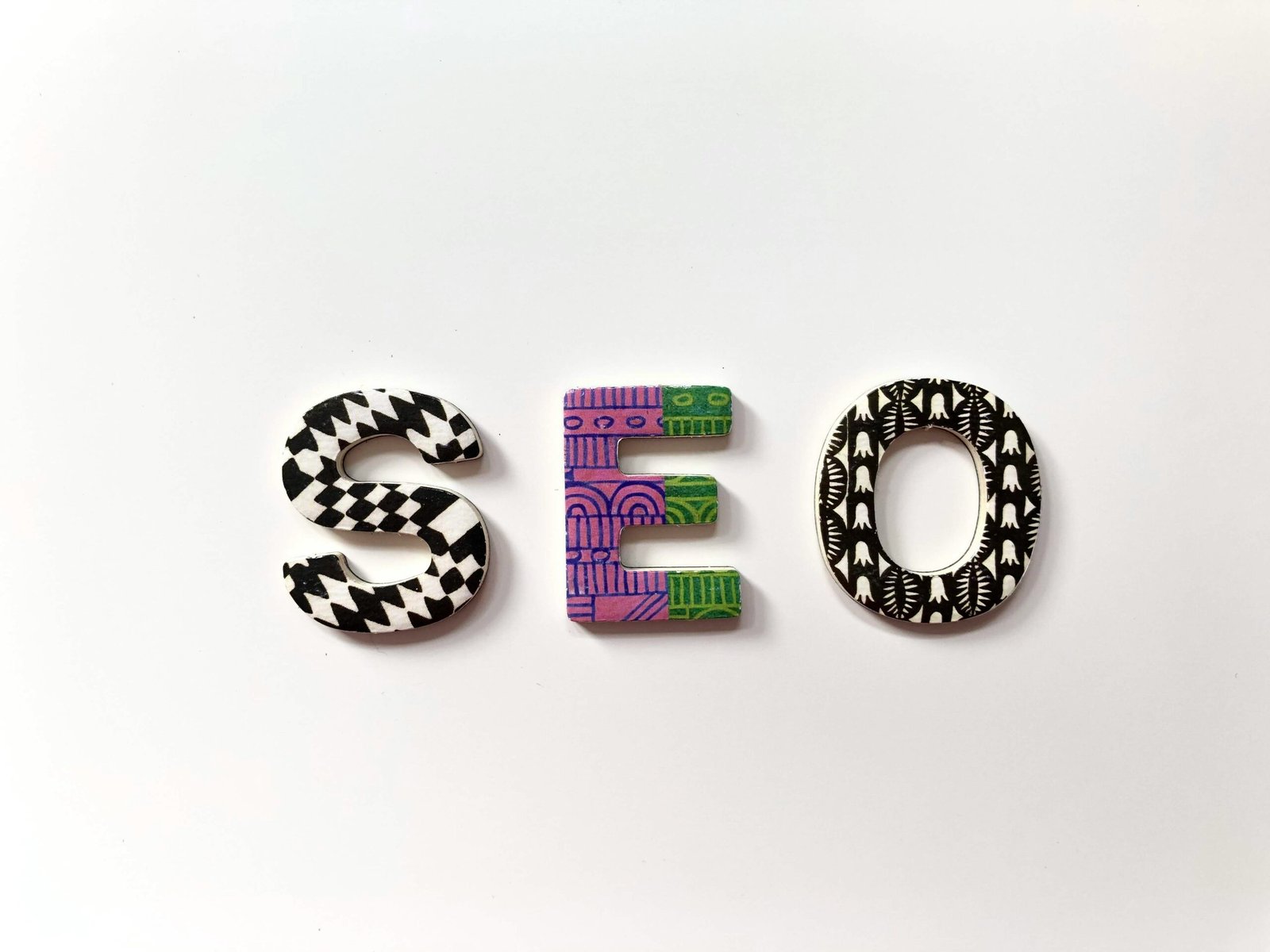
When it comes to online visibility, search engines play a crucial role. They act as the gatekeepers, determining which websites appear on the first page of search results and which ones get buried in the depths of the internet. This is where SEO comes into play. By implementing various strategies and techniques, SEO aims to improve a website’s chances of ranking higher on SERPs.
One of the key aspects of SEO is optimizing the website design. This involves making sure that the website is user-friendly, easy to navigate, and visually appealing. Search engines favor websites that provide a positive user experience, so optimizing the design is essential. This can include improving page load speed, ensuring mobile responsiveness, and organizing content in a logical manner.
Another important aspect of SEO is optimizing the content on the website. This involves conducting keyword research to identify the terms and phrases that users are searching for in relation to your business or industry. By strategically incorporating these keywords into your website’s content, you can increase its relevance to search queries and improve its chances of ranking higher on SERPs.
Additionally, SEO involves building high-quality backlinks to your website. Backlinks are links from other websites that point back to your site. Search engines view backlinks as a vote of confidence, indicating that your website is trustworthy and authoritative. By acquiring backlinks from reputable sources, you can improve your website’s credibility and increase its chances of ranking higher on SERPs.
Furthermore, SEO also encompasses technical optimizations. This involves optimizing the website’s code, improving its crawlability, and ensuring that search engines can easily access and index your website’s pages. Technical optimizations can also include implementing structured data markup, which provides search engines with additional information about your website’s content, helping them understand its context and relevance.
In conclusion, SEO is a multifaceted approach to improving a website’s visibility and ranking on search engine results pages. By optimizing the website’s design, content, backlinks, and technical aspects, you can increase your chances of attracting organic traffic and reaching a wider audience. SEO is an ongoing process that requires continuous monitoring, analysis, and adaptation to stay ahead of the ever-changing algorithms of search engines.
How is SEO Different from SEM and PPC?
While SEO focuses on organic (unpaid) search results, SEM (Search Engine Marketing) encompasses both organic search results and paid advertising. PPC (Pay-Per-Click) is a specific form of paid advertising where advertisers pay a fee each time their ad is clicked.
So, the main difference is that SEO is all about optimizing your website to rank higher in organic search results, while SEM includes both organic and paid search results. PPC, on the other hand, is a paid advertising model within SEM.
When it comes to SEO, the primary goal is to improve the visibility and ranking of a website in search engine results pages (SERPs) through various strategies and techniques. This involves optimizing the website’s content, structure, and technical aspects to make it more appealing to search engines. SEO also involves conducting keyword research to identify the most relevant and valuable keywords that users are searching for, and then incorporating those keywords into the website’s content and meta tags.
On the other hand, SEM goes beyond just organic search results and includes paid advertising as well. This means that in addition to optimizing a website for organic search, SEM also involves running paid ad campaigns on search engines like Google. These paid ads appear alongside the organic search results and are often labeled as “sponsored” or “ad.” Advertisers bid on specific keywords and pay a fee each time someone clicks on their ad, hence the name Pay-Per-Click (PPC).
PPC is a highly targeted form of advertising as advertisers can choose exactly which keywords they want their ads to appear for. This allows them to reach their target audience more effectively and increase the chances of their ads being clicked on. PPC campaigns can be highly customizable, allowing advertisers to set their own budgets, target specific geographic locations, and schedule their ads to run at specific times.
While both SEO and SEM aim to improve a website’s visibility in search engine results, they differ in terms of cost and time frame. SEO is a long-term strategy that requires continuous effort and optimization over time to see results. It can take months or even years to achieve high rankings in organic search results, depending on the competitiveness of the industry and the quality of the SEO efforts.
On the other hand, SEM, especially PPC, can provide almost instant results. Once a PPC campaign is set up and running, ads can start appearing in search results immediately, driving targeted traffic to a website. However, this comes at a cost, as advertisers have to pay for each click on their ads. The cost of PPC advertising can vary depending on the competitiveness of the keywords and the quality of the ads.
In conclusion, while SEO focuses on optimizing a website for organic search results, SEM encompasses both organic and paid search results. PPC is a specific form of paid advertising within SEM, where advertisers pay for each click on their ads. Each of these strategies has its own advantages and disadvantages, and the choice between them depends on the specific goals, budget, and timeline of a business.
Another important reason why SEO is crucial for any website is that it helps improve user experience. When you optimize your website for search engines, you are also optimizing it for users. SEO involves making your website user-friendly, easy to navigate, and quick to load. These factors contribute to a positive user experience, which is essential for retaining visitors and encouraging them to explore your website further.
Additionally, SEO plays a significant role in brand awareness and recognition. When your website appears on the first page of search engine results, it increases the visibility of your brand. Users are more likely to trust and recognize brands that consistently appear at the top of search results. By implementing effective SEO strategies, you can establish your brand as an authority in your industry and build a strong online presence.
Furthermore, SEO helps businesses understand their target audience better. By analyzing the keywords and phrases that users are searching for, you can gain valuable insights into their preferences, needs, and behaviors. This information can then be used to tailor your marketing strategies and create content that resonates with your target audience.
Another advantage of SEO is its long-term effectiveness. While paid advertising can provide immediate results, it requires continuous investment to maintain visibility. On the other hand, SEO is a sustainable strategy that can generate organic traffic and leads over time. By consistently optimizing your website and creating high-quality content, you can establish a strong online presence that continues to drive traffic and conversions.
In conclusion, SEO is a crucial aspect of any website’s success. It not only helps drive organic traffic and improve visibility but also enhances user experience, builds brand credibility, and provides valuable insights into the target audience. By investing in SEO, businesses can gain a competitive advantage, increase their online presence, and attract potential customers in a cost-effective and sustainable manner.
Types of SEO
There are three main types of SEO:
- On-Page SEO: This type of SEO focuses on optimizing individual web pages to improve their search engine rankings. It involves optimizing content, meta tags, headings, URLs, and internal linking. On-page SEO is crucial for ensuring that your website’s pages are easily accessible to search engine crawlers and that they are relevant and valuable to users. By optimizing on-page elements, you can increase the visibility of your web pages in search results and attract more organic traffic.
- Off-Page SEO: Off-Page SEO refers to activities that are done outside of your website to improve its search engine rankings. This includes building backlinks, social media marketing, influencer outreach, and online reputation management. Off-page SEO plays a vital role in establishing the authority and credibility of your website. By acquiring high-quality backlinks from reputable sources, engaging with your target audience on social media platforms, and managing your online reputation, you can enhance your website’s visibility and trustworthiness in the eyes of search engines.
- Technical SEO: Technical SEO involves optimizing the technical aspects of your website to improve its visibility and crawlability by search engines. This includes optimizing website speed, mobile-friendliness, site structure, and XML sitemaps. Technical SEO ensures that search engine crawlers can easily navigate and understand your website’s structure and content. By optimizing technical elements, you can enhance the user experience, reduce page load times, and increase the chances of your web pages being indexed and ranked by search engines.
While each type of SEO is distinct, they are interconnected and work together to improve the overall performance of your website in search engine rankings. A comprehensive SEO strategy should incorporate all three types to maximize your website’s visibility, organic traffic, and online presence.
How Does SEO Work?
SEO works by optimizing various aspects of your website to make it more appealing to search engines. Here’s a breakdown of the key steps involved in the SEO process:
1. Keyword Research:
The first step in SEO is to identify relevant keywords that your target audience is using to search for products or services similar to yours. This involves conducting keyword research using tools like Google Keyword Planner, SEMrush, or Moz.
2. On-Page Optimization:
Once you have identified the target keywords, you need to optimize your website’s content and meta tags accordingly. This includes incorporating the target keywords naturally into the page titles, headings, meta descriptions, and body content.
3. Technical Optimization:
Technical SEO involves optimizing the technical aspects of your website to ensure that search engines can crawl and index your site effectively. This includes optimizing website speed, improving mobile-friendliness, fixing broken links, and creating XML sitemaps.
4. Off-Page Optimization:
Off-Page SEO involves building high-quality backlinks from reputable websites, engaging in social media marketing, and promoting your content to increase its visibility and credibility.
5. Content Creation:
Creating high-quality, engaging, and informative content is crucial for SEO. By regularly publishing fresh and relevant content, you can attract more organic traffic and increase your website’s authority.
6. Monitoring and Analysis:
SEO is an ongoing process, and it’s essential to monitor your website’s performance and analyze the results. This involves tracking keyword rankings, website traffic, bounce rates, and other key metrics to identify areas for improvement.
By following these steps and implementing effective SEO strategies, you can improve your website’s visibility, attract more organic traffic, and ultimately achieve higher rankings on search engine results pages.
However, it’s important to note that SEO is not a one-time fix. It requires continuous effort and adaptation to stay ahead of the competition and the ever-changing algorithms of search engines. As search engines become more sophisticated, they are constantly evolving to provide users with the most relevant and high-quality search results.
One important aspect of SEO is staying up to date with the latest trends and best practices in the industry. This includes keeping an eye on algorithm updates, understanding user intent, and optimizing for voice search and mobile devices.
Another crucial element of SEO is the user experience. Search engines prioritize websites that provide a seamless and enjoyable user experience. This includes having a fast-loading website, easy navigation, and mobile optimization.
Additionally, SEO is not just about ranking higher on search engine results pages. It’s also about attracting the right kind of traffic that is more likely to convert into customers or clients. This involves understanding your target audience, their needs, and creating content that addresses those needs.
In conclusion, SEO is a multifaceted process that involves various strategies and techniques to improve a website’s visibility and organic traffic. By understanding the key steps involved and staying up to date with industry trends, you can effectively optimize your website and achieve long-term success in search engine rankings.



